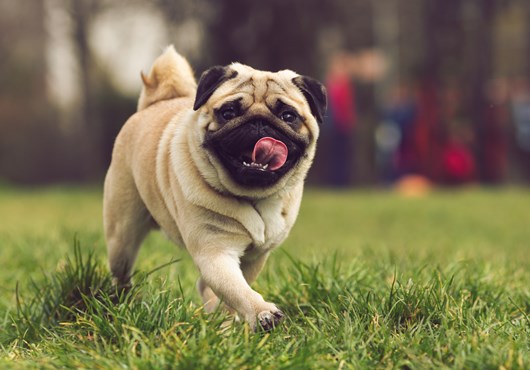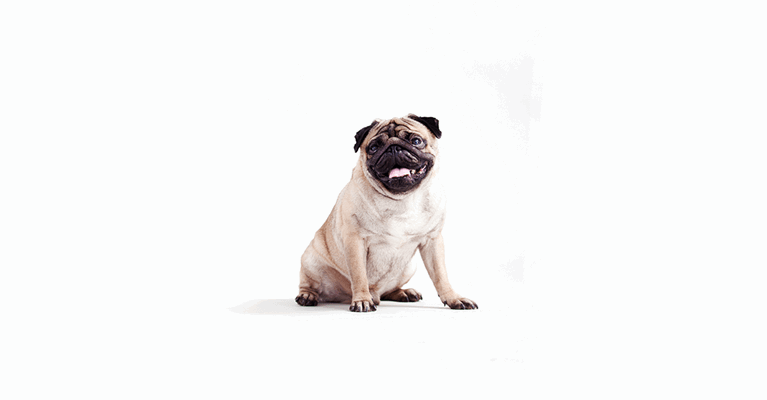
Pug Personality Traits
There isn’t a pet owner on the planet that can’t be won over by a Pug’s larger than life personality and their silly clownish antics. This is one of the most recognisable breeds with its small and sturdy form, flat wrinkly face and characterful persona. While the Pug is comical in appearance and nature, it is also dignified and affectionate which is a heart-warming combination that can’t fail to win you over.







